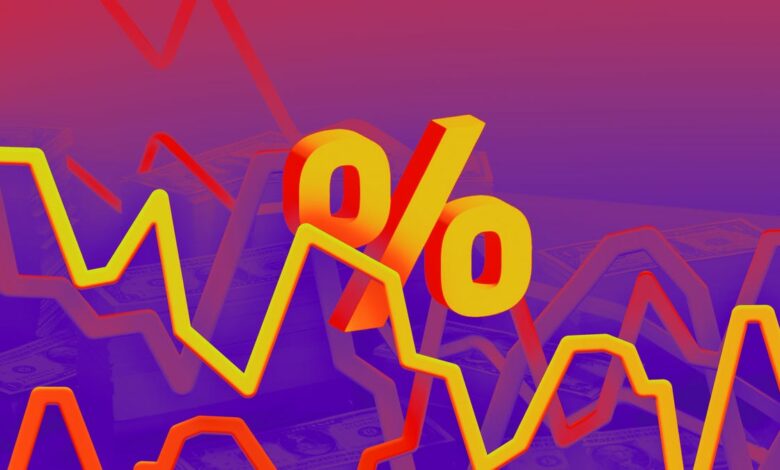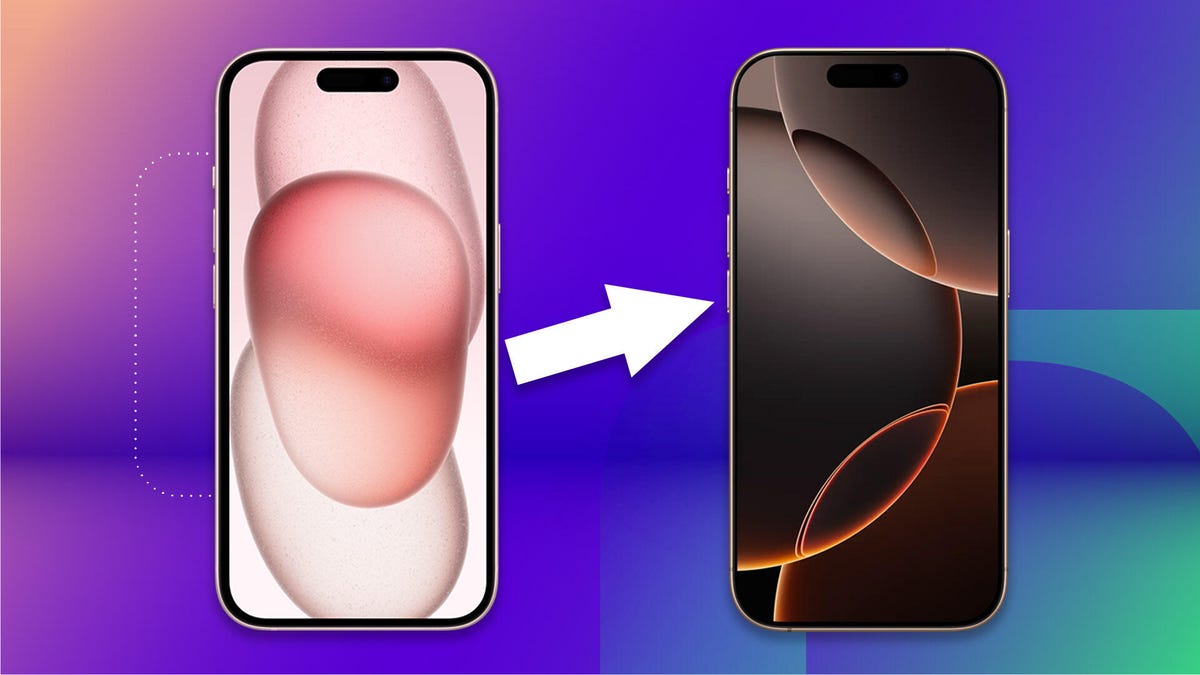What this week’s Fed rate cut could mean for your money

The Federal Reserve cut rates at its latest policy meeting and is preparing for another rate cut this week.
Of course, there are many other important things to pay attention to. But interest has a direct impact on your finances.
Interest is the price you pay to borrow money, whether through a loan or a credit card. A lower interest rate means that the percentage you owe on your outstanding debt is smaller.
A lower interest rate can also lower the amount a financial institution or bank pays you, that is, what you earn, for investing your money, such as with a savings account.
The Fed cut rates by 0.5% on September 18 and expects a smaller rate cut of 0.25% on November 7. While a single interest rate cut won’t immediately impact your wallet (nor will it drastically shake up the economy as a whole), the government’s monetary policy and the overall economic outlook will impact your money in the long run.
Here’s a quick primer on interest rates and what you need to know ahead of Thursday’s Fed decision.
The Fed and interest rates
The Fed meets eight times a year to assess the health of the economy and set monetary policy, mainly through changes to the federal funds rate, the benchmark interest rate used by U.S. banks to borrow money from each other overnight. to lend or lend.
Although the Fed doesn’t directly set the percentage we owe on our credit cards and mortgages, its policies have a ripple effect on everyday consumers.
Imagine a situation where the financial institutions and banks form an orchestra and the Fed is the conductor, directing the markets and controlling the money supply. In this case, we are all in the audience and we may end up with a little less or a little more money in our pockets.
When the central bank “maestro” decides to raise the federal funds rate, many banks tend to raise their interest rates. This can make our debt more expensive (for example, a 22% credit card APR versus a 17% APR), but it can also lead to higher savings returns (for example, a 5% APY versus a 2% APY).
When the Fed cuts rates, as it did in September and will likely do again this week, banks tend to cut their interest rates as well. That may make our debt a little less burdensome, but the return on our savings won’t be as high.
The battle between inflation and the labor market
Financial experts and market observers spend a lot of time predicting whether the Fed will raise or lower interest rates based on the direction of the economy, with a special focus on inflation and the labor market.
When inflation is high and the economy is in overdrive, the Fed tries to pump the brakes by discouraging borrowing. This is done by setting higher interest rates and reducing the money supply. Since March 2022, the Fed has raised the Fed rate 11 times, which has helped slow record-high price growth.
However, the Fed is taking a risk if it lowers inflation too much. Any large, rapid decline in economic activity could cause a large spike in unemployment, leading to a recession. You may hear the phrase “soft landing,” which refers to the balancing act of keeping inflation under control and unemployment low.
The economy cannot be too hot or too cold. Like the porridge in Goldilocks, it has to be just right.
Since current inflation rates are in line with the Fed’s expectations, we are likely to see a series of rate cuts throughout the rest of 2024 and into 2025.
What another Fed rate cut could mean for your money
When it comes to your money, the Fed’s interest rate decisions affect your credit card debt and whether you can afford a mortgage on a home. Interest rates even affect the annual return you earn on your savings account.
Here’s what another rate cut could mean for credit card APRs, mortgage rates and savings rates.
🏦 Credit Card APRs
Lowering the federal funds rate could cause credit card issuers to lower the price of credit for cardholders, meaning less interest will be charged on your outstanding balance each month. You won’t feel the effects right away, and every issuer has different rules for changing annual percentage rates. However, if the Fed changes the Federal Funds Rate at its policy meeting this week, you may find your APR adjusted within one to two billing cycles.
“Credit card debt tends to be very expensive, and that won’t change even if the Fed makes multiple rate cuts this year. So don’t wait for the Fed to act – prioritize paying off high-interest debt now. If you get an offer for a 0% APR introductory credit card or can apply for a personal loan with a lower APR, consider moving your debt so you can avoid paying more interest than necessary.” — Tiffany Connors, CNET Money editor
🏦 Mortgage interest
The Fed’s decisions affect overall borrowing costs and financial conditions, which affect the housing market and home loan rates, even though there is not a one-to-one relationship. For example, since the Fed began its series of rate hikes in March 2022, mortgage rates have soared, peaking last fall. Although home loan interest rates move up and down every day and are influenced by multiple factors, they remain high, keeping home buyers out of the market.
“The Fed does not directly set mortgage rates. In fact, mortgage rates have risen significantly after the Fed cut rates by 0.5% in September due to strong economic data and political uncertainty. A 0.25% cut this month will not immediately result in lower interest rates. That said, continued rate cuts into next year, coupled with weaker economic data, still indicate that longer-term mortgage interest rates won’t happen as quickly as anyone would like. — Katherine Watt, CNET Money Housing reporter
🏦 Savings rates
Savings rates are variable and move with the federal funds rate, so your APY will likely drop after another rate cut. When the Fed began raising rates, many banks increased their APYs for traditional and high-yield savings accounts, giving account holders a greater return on their deposits. Keep in mind that not all banks are created equal, and we regularly track the best high-yield savings accounts and certificates of deposit at CNET.
“We have seen savings and CD rates fall since the Fed’s rate cut in September, and this trend is likely to continue if the Fed makes another cut this week. So now is the time to maximize your income by open a high-yield savings account.” or CD. The longer you wait, the lower your earning potential may be.” — Kelly Ernst, CNET Money editor
What’s next for Fed rate cuts?
Experts say we can expect a continued series of rate cuts over the next twelve months. However, market watchers and economists generally have differing opinions on the Fed’s monetary policy. All we can do is speculate crudely about when interest rates will fall and by how much.
Stay tuned to CNET for Fed Day coverage. The decisions you make with your money are personal, but we are here to help.




